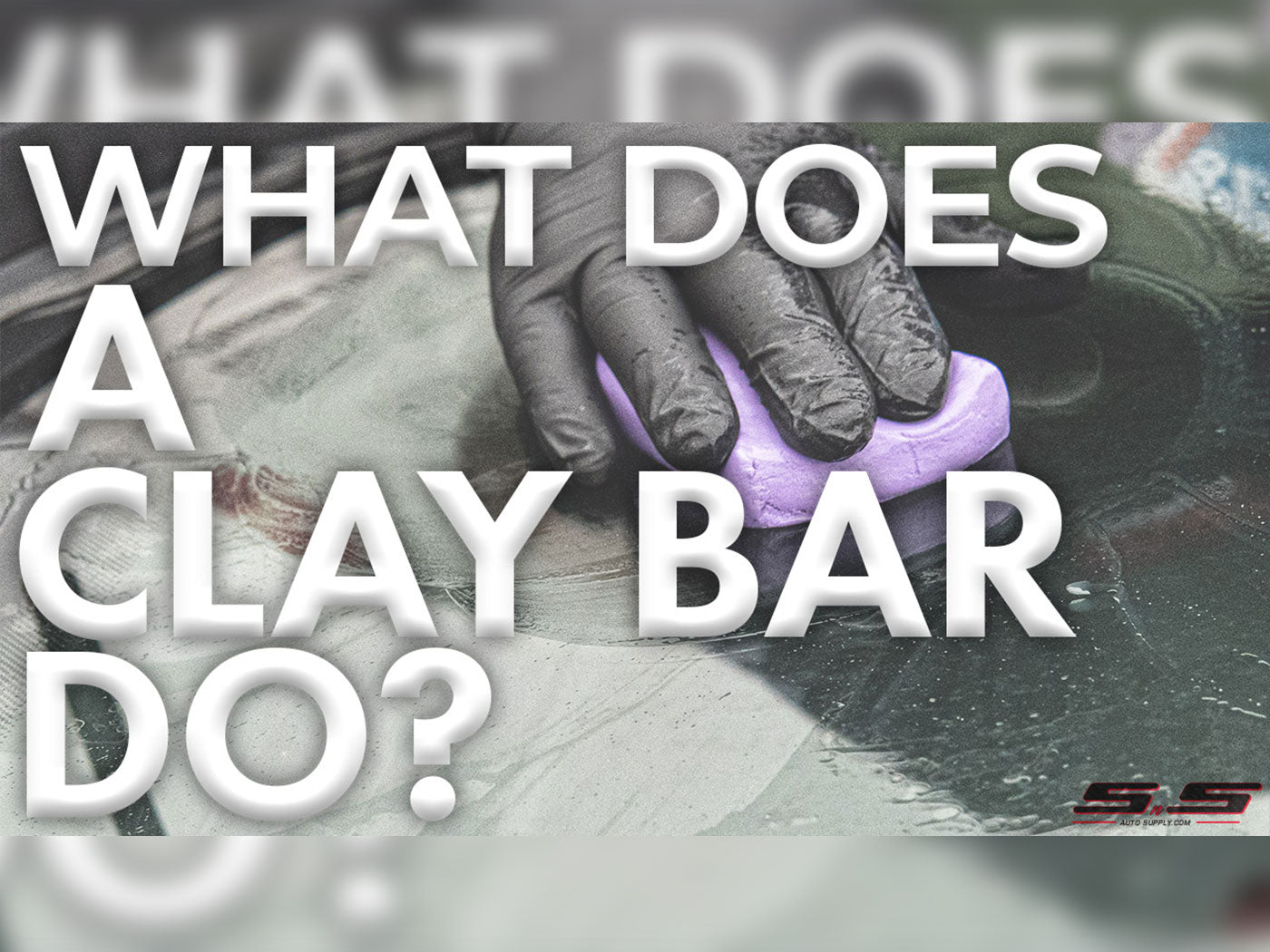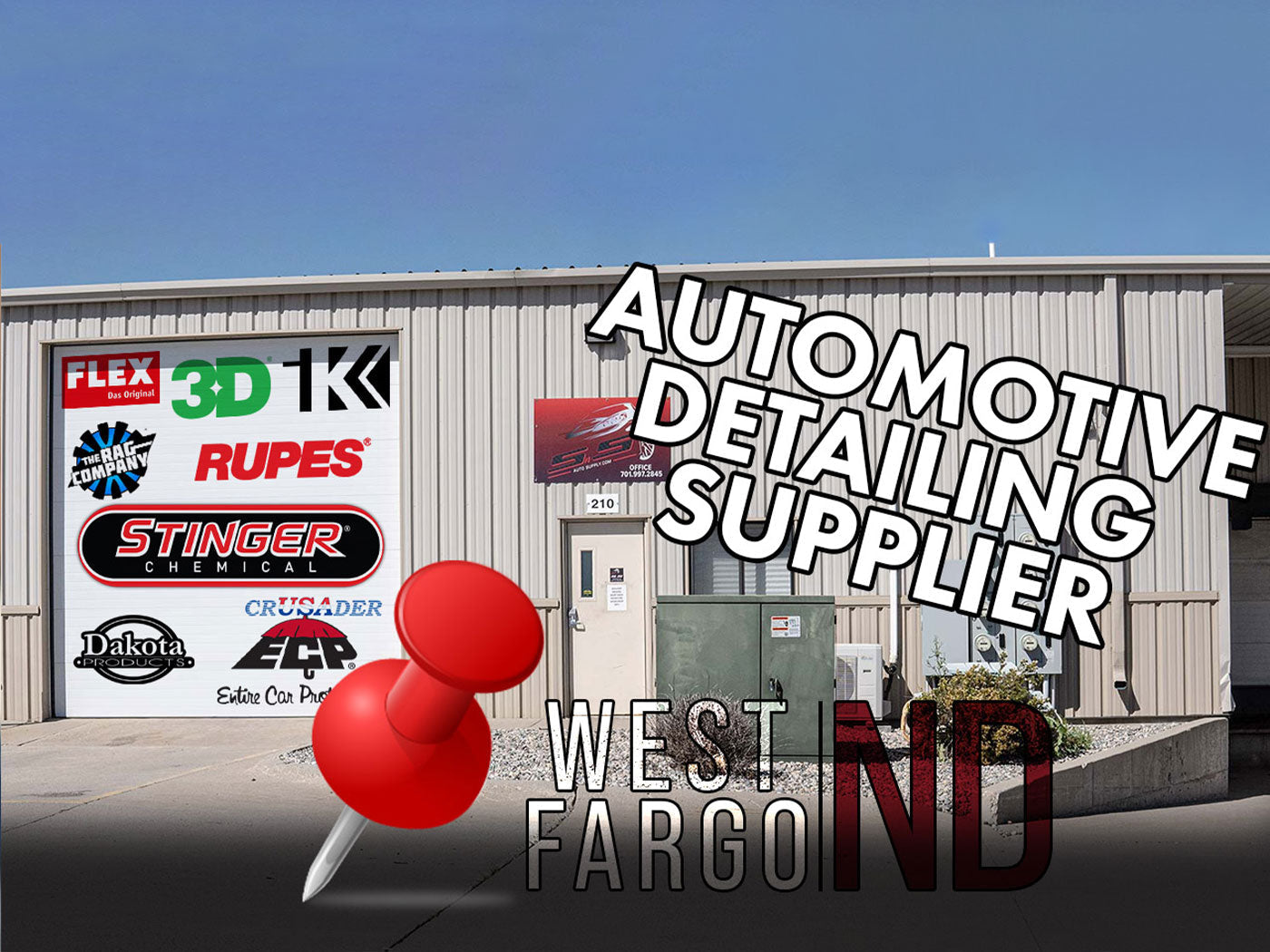When it comes to the appearance of a vehicle, the paintwork plays a vital role in capturing our attention. However, protecting that paint and giving it a glossy finish requires the application of a clear coat. Clear coats have come a long way over the years, constantly evolving to enhance durability, aesthetics, and environmental sustainability. In this blog, we will delve into the fascinating world of ever-changing clear coats on vehicles.
The Evolution of Clear Coats
Clear coats have evolved significantly since their inception. Initially, they were simply transparent coatings applied to protect the underlying paint from fading

and minor scratches. However, with advancements in technology, clear coats have become more sophisticated, offering enhanced protection, gloss, and longevity. Modern clear coats are formulated to withstand environmental factors like UV radiation, acid rain, bird droppings, and road debris. Clear coats came to be with polyurethane and other urethane paints in the 1980's and have only advanced since then.
Solvent-Based Clear Coats
In the past, most clear coats were solvent-based, meaning they contained volatile organic compounds (VOCs). While effective at providing a glossy finish and protection, these coatings had some drawbacks. VOCs are harmful to the environment and contribute to air pollution. Additionally, solvent-based clear coats required longer drying times and often emitted strong odors during the application process. This is where you would definitely need to have a well-ventilated shop and constantly wear proper PPE when applying.
Water-Based Clear Coats
To address the environmental concerns associated with solvent-based clear coats, water-based alternatives have gained popularity. Water-based clear coats contain lower levels of VOCs, making them more eco-friendly. They also have a reduced drying time and emit fewer odors. Despite these benefits, water-based clear coats often require more layers to achieve the same level of gloss and protection as their solvent-based counterparts. So, effectively there are benefits and drawbacks to using either water-based or solvent-based clear coats.
Ceramic Clear Coats

One of the latest advancements in clear coat technology is the emergence of ceramic coatings. Ceramic clear coats are infused with nanoparticles, typically derived from silica or quartz. These coatings create a chemical bond with the vehicle's paint, forming a protective layer that is resistant to scratches, chemical stains, and UV damage. Ceramic clear coats offer exceptional gloss, depth, and a self-cleaning effect that repels dirt and contaminants. They are also known for their longevity, with some coatings lasting up to several years.
Self-Healing Clear Coats
Imagine a clear coat that can repair itself when it gets scratched. Self-healing clear coats are a reality today. These coatings utilize unique polymers that have shape-memory properties. When the clear coat is exposed to heat, such as sunlight or warm water, it can regain its original state, effectively erasing minor scratches and swirl marks. While not completely impervious to deep scratches, self-healing clear coats offer an innovative solution to maintaining a flawless finish with easily applying heat. The future of these self-healing coatings is among the most anticipated in the automotive industry.
The Future of Clear Coats
As technology continues to advance, the future of clear coats looks promising. Researchers are exploring new materials, such as graphene, to enhance the performance and properties of clear coats. Graphene, known for its incredible strength and conductivity, has the potential to revolutionize the automotive industry. Clear coats infused with graphene could provide unparalleled protection, longevity, and even electrical conductivity for future vehicle applications. Graphene coatings are currently all the rage and are continuing to grow in popularity.
Clear coats have come a long way, from simple transparent coatings to advanced formulations with self-healing properties. The industry's focus on durability, gloss, and eco-friendliness has driven the development of water-based alternatives and ceramic coatings.
As we look ahead, the integration of materials like graphene could usher in a new era of clear coat technology. Regardless of the type of clear coat applied to a vehicle, its purpose remains the same – to protect the paintwork and enhance its beauty, ensuring that our vehicles remain stunning for years to come.



